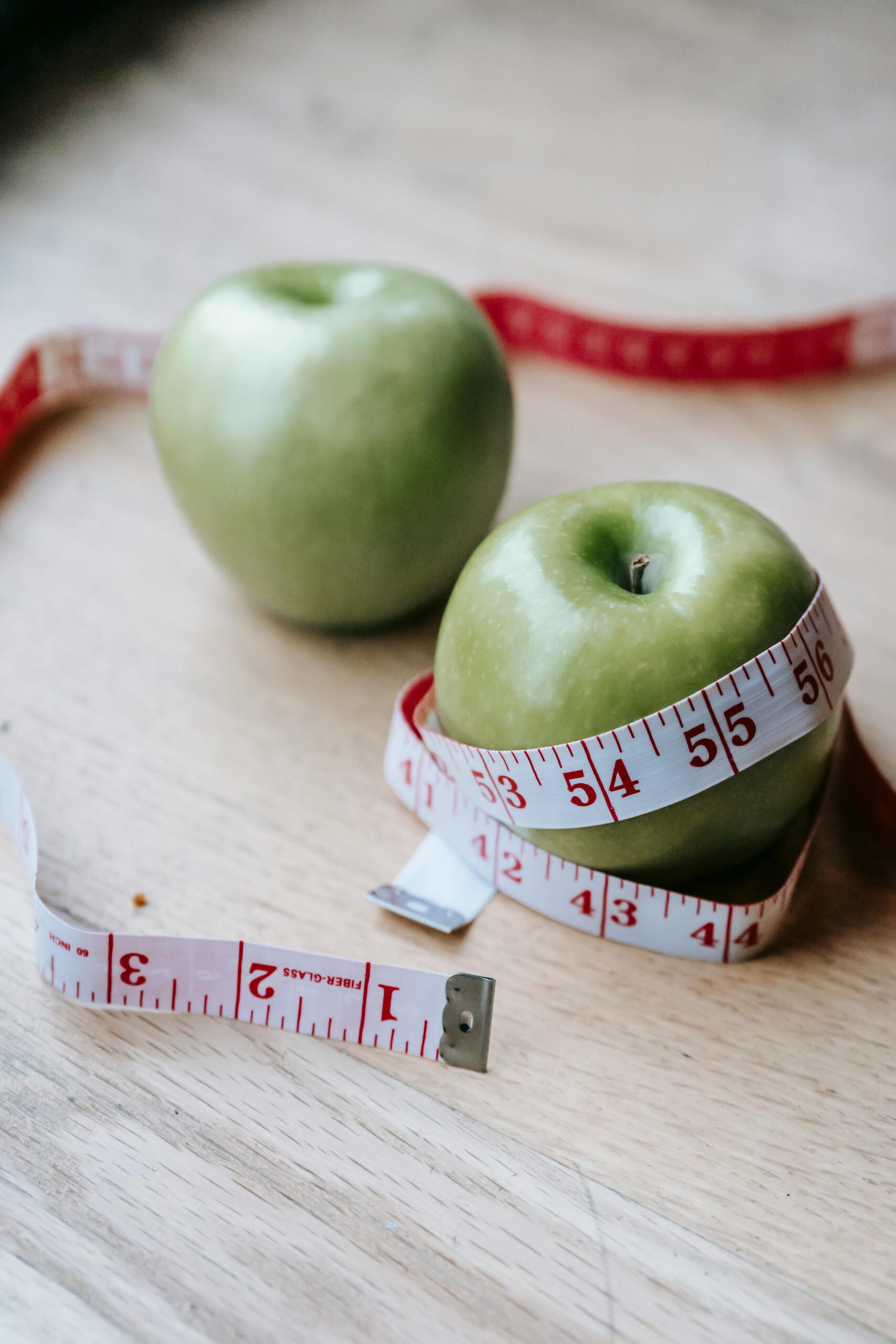Have you ever wondered how long it truly takes to build healthier habits and reshape your lifestyle? While habit formation varies from person to person, research in behavioral psychology suggests that consistent practice over approximately two months can lead to real and lasting change. A 60-day timeframe is not only realistic but also effective for establishing sustainable health habits—without the pitfalls of extreme diets or fitness fads.
This two-month weight loss strategy blends smart exercise, mindful eating, and powerful mental strategies to help you shed fat, gain strength, and feel better—physically and emotionally. Whether your goal is to slim down for a big occasion or simply commit to long-term health, this holistic blueprint sets you on the path to meaningful transformation.
Table of Contents
Phase 1: Weeks 1–2 – Laying the Groundwork
Smart Exercise Strategy
Your initial two weeks should focus on consistency and building a strong base. Start with resistance training three to four times a week. Exercises such as bodyweight squats, push-ups, and dumbbell rows target major muscle groups, which helps boost your metabolism and burn more calories even at rest. Complement strength work with short bursts of high-intensity interval training (HIIT) twice weekly—sprint for 30 seconds, then walk for 60 seconds. This method is efficient and proven to support fat loss while preserving muscle.
Nutrition: Fuel with Whole Foods
Instead of obsessing over calories, focus on nourishing your body with real, whole foods. Start your mornings with a protein-rich meal—like eggs, Greek yogurt, or plant-based protein sources. Protein supports muscle repair and keeps you feeling satisfied. Include fiber-filled vegetables, complex carbohydrates such as brown rice or oats, and healthy fats like nuts or olive oil. These nutrient-dense foods promote steady energy and reduce sugar cravings.
Mindset: Focus on Progress, Not Perfection
Weight loss is not just physical—it’s mental. Track your victories beyond the scale, such as improved stamina, better sleep, or increased energy. Use free tools or habit-tracking apps to set small, daily goals like drinking more water or taking a 10-minute walk. Celebrating small accomplishments helps build confidence and motivation to stay consistent.
Phase 2: Weeks 3–6 – Step It Up for Greater Impact
Workout Evolution: Push Your Limits
Once you’ve established a routine, it’s time to step things up. Increase workout intensity gradually by adding more weight, increasing reps, or trying more challenging variations of familiar exercises. Compound movements—like deadlifts, bench presses, and lunges—work multiple muscle groups, enhancing strength and calorie burn. Switch up your cardio with incline walks, jump rope sessions, or spin classes to prevent plateaus and keep things interesting.
Nutrition Timing and Water Intake
Consider implementing time-restricted eating, such as a 12:12 schedule (12 hours of eating followed by 12 hours of fasting), if it suits your routine. Focus on staying hydrated—drinking water regularly helps regulate appetite and supports metabolism. One study found that drinking about 500ml of water can increase your metabolic rate by nearly 30% for a short period. Carry a water bottle with you and aim for 2–3 liters a day, depending on your activity level.
Recovery: The Unsung Hero
You don’t grow stronger during workouts—you grow during recovery. Prioritize sleep, stretching, and active recovery techniques like yoga or foam rolling. Aim for 7–9 hours of quality sleep per night. Insufficient rest affects hormones like ghrelin and leptin, which can increase hunger and reduce self-control around food.

Phase 3: Weeks 7–8 – Consolidate and Maintain Progress
Make It Personal
At this stage, tailor your workouts to suit your preferences. If you enjoy dancing, hiking, or swimming, integrate those activities to keep fitness fun. Adjust your eating plan to reflect your body’s needs—try carb cycling or increase protein intake on strength training days to aid muscle repair and fat loss.
Lean on Community and Accountability
Support is one of the strongest predictors of success. Find a workout buddy, join an online group, or share your journey on social media. Studies show that those who have accountability partners are more likely to stay on track and reach their fitness goals. Sharing even small wins—like preparing a healthy meal or hitting a new personal best—can reinforce your motivation.
Mindset: Flexibility Over Rigidity
Rigid diets often lead to burnout and bingeing. Instead, allow room for the occasional indulgence. A flexible approach promotes a healthier relationship with food. Plan a weekly meal where you enjoy your favorite treat—guilt-free. As many nutrition experts suggest, sustainability trumps perfection every time.

Final Thoughts: Your New Lifestyle Starts Here
This 60-day plan is not just about losing weight—it’s about reclaiming control of your health and building a foundation that lasts. As you wrap up the program, don’t feel the need to be perfect. Instead, aim to keep about 80% of your new habits in place, allowing flexibility for life’s ups and downs.
Quick Recap for Lasting Success:
- Exercise Smart: Combine strength training and interval cardio to enhance fat loss and muscle tone.
- Eat Mindfully: Prioritize protein, fiber, and hydration to manage hunger and support metabolism.
- Rest and Recover: Never underestimate the importance of sleep and rest days.
- Celebrate Non-Scale Wins: Monitor progress through energy, confidence, and lifestyle changes.
- Stay Accountable: Lean on community, friends, or journaling to keep your momentum going.
Are you ready to start your 60-day journey toward a healthier, stronger you? Set your goals, make a plan, and take the first step—your transformation begins today.
FAQs
What is the most effective way to start a weight loss journey?
The most effective way to start a weight loss journey is by setting realistic goals, tracking your food intake, increasing physical activity, and creating a calorie deficit. Combining a balanced diet with exercise is key for sustainable weight loss.
How much weight loss is considered healthy per week?
A healthy rate of weight loss is about 1 to 2 pounds per week. This gradual approach helps ensure fat loss rather than muscle loss and supports long-term weight management.
Do weight loss supplements really work?
While some weight loss supplements may offer short-term effects, most are not backed by strong scientific evidence. Sustainable weight loss comes from healthy eating, regular exercise, and lifestyle changes—not pills.
Can you lose weight without exercise?
Yes, weight loss is possible without exercise if you’re maintaining a calorie deficit through diet. However, combining both diet and exercise leads to better results and improved overall health.

